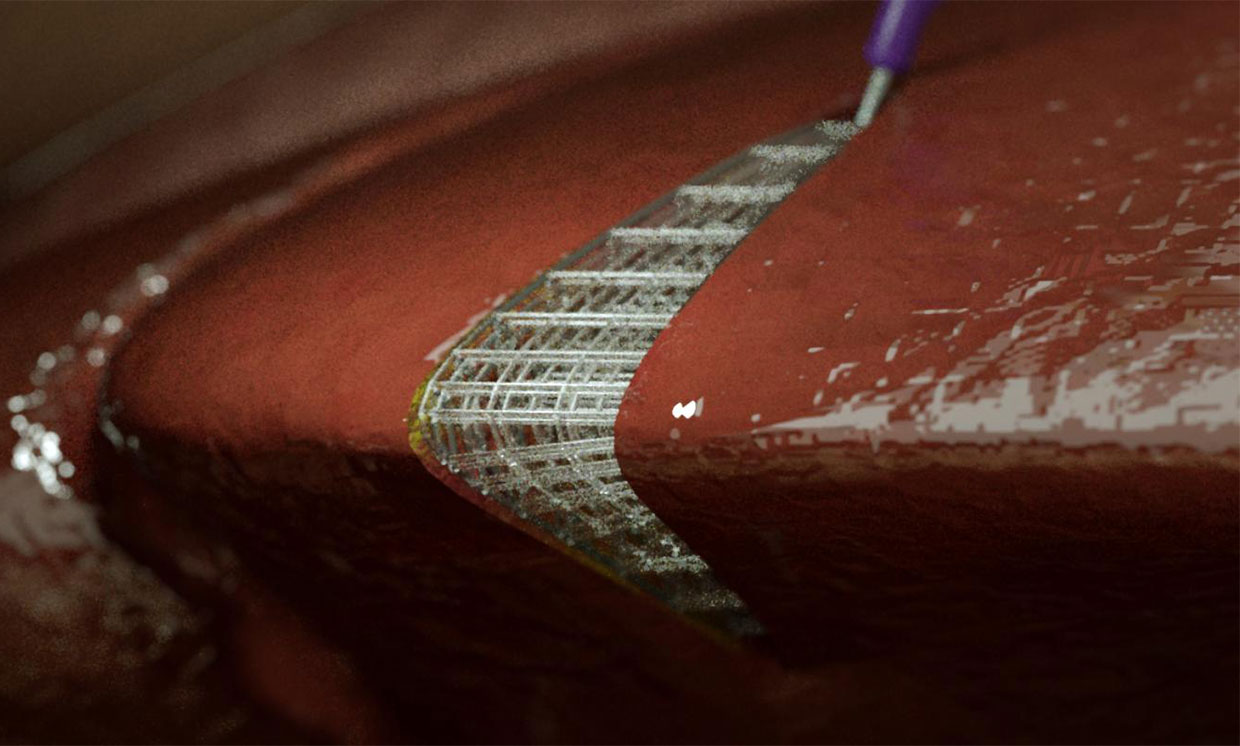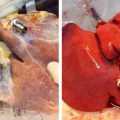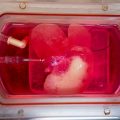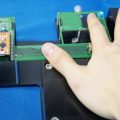
Scientists have invented bio-ink and robotic tools for three-dimensional printing of organs directly inside the human body through small incisions.
Currently, millions of people are waiting for theirwaiting lists for transplantation of donor material. One solution to this problem is to “assemble” organ from living cells through 3D printing followed by implantation. However, in this case, surgery will still be required, there will still be a risk of infection, and the patient will need to wait for the implant to be made.
To circumvent these difficulties, researchers fromOhio State University has developed a new bioink that consists of living cells distributed in a safe gel. Using special robotic instruments, they can inject the gel into the body and cure it using ordinary light. In addition, the ink is viscous enough to maintain its shape at body temperature.
During the experiments, the team used the nozzlefor three-dimensional printing, mounted on robotic technology. The gel distribution system is similar to a pastry bag, but controlled in software. As a test subject, scientists used raw chicken breast, into which gel, similar to jelly, was introduced through the nozzle, and flexible braces and brackets were used to fix the working space and secure the material.
The researchers made the structure porous,to facilitate the flow of nutrients, oxygen and other necessary molecules. Three weeks after printing, 77% of the muscle cells in the bioink remained viable.
However, scientists say that before the assembly of fullthe organs inside the body are still far away, since modern tissue engineering is at an early stage of development. So far, they are considering using their technology to improve standard operations, for example, for direct supply of additional biomaterial after transplantation to speed healing or prevent infection.
Previously, we also reported on the development of a hand-held bioprinter for the treatment of severe burns, which “prints” new skin directly on the wound.
</p>




